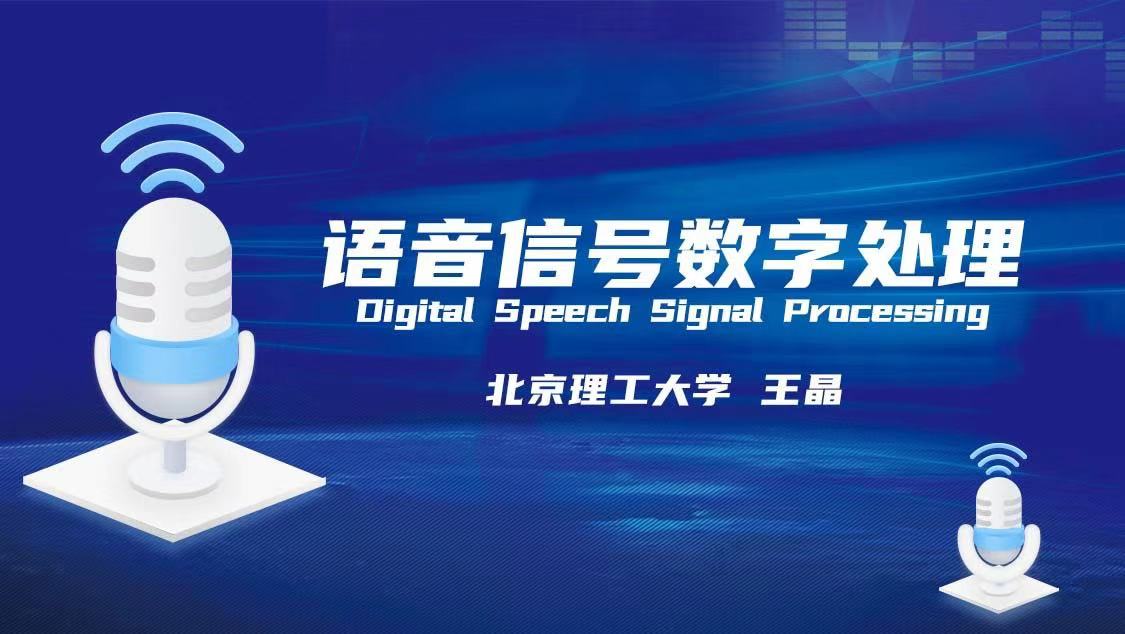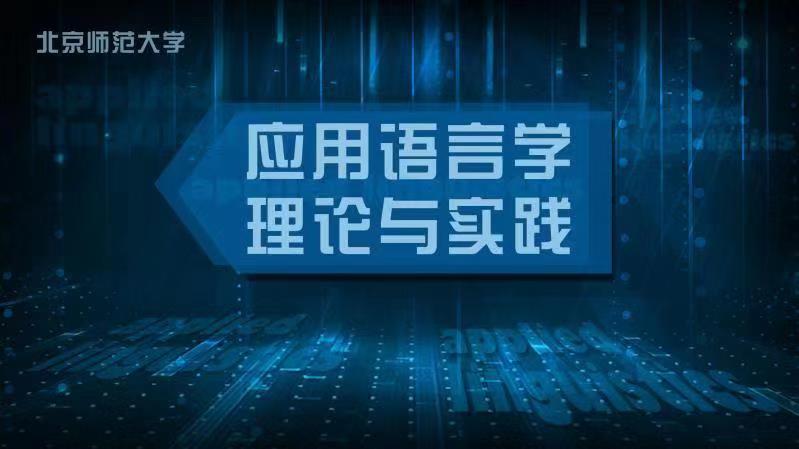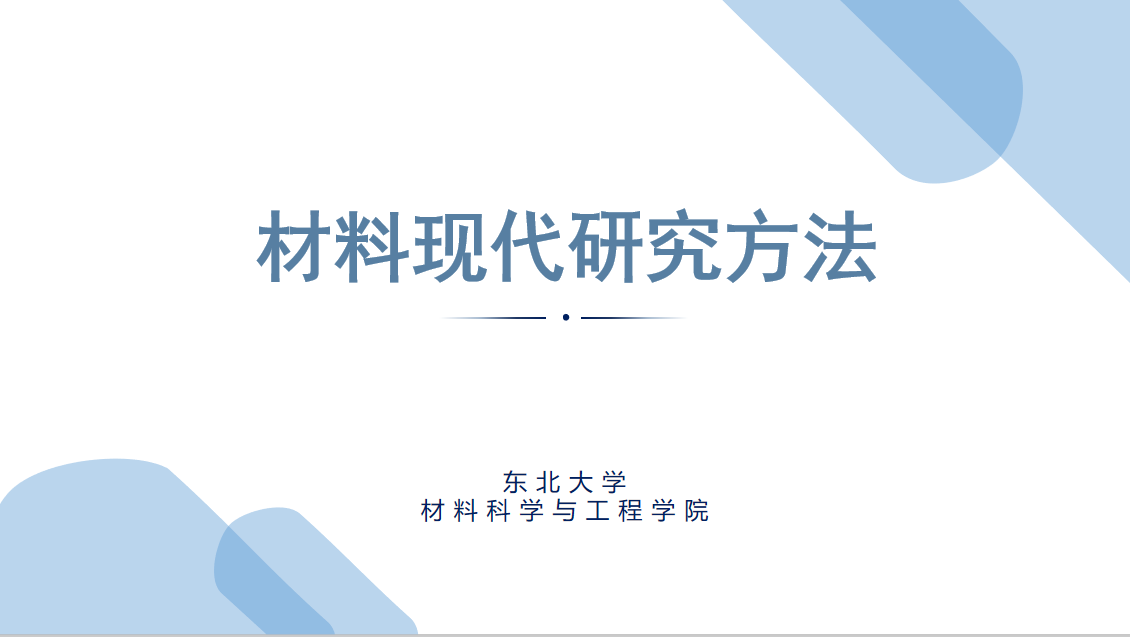
语音信号数字处理课程:前往报名学习

本课程采用理论结合实践的教学方法,利用多媒体课件结合音视频资源来丰富教学内容,采用课堂教学和课后设计相结合的方式,提高学生的自主学习能力, 对于理论教学内容采用课堂讲授、教学互动以及图片视频展示等方式,对于应用 实践能培养,本课程配套建有 2 个符合国际标准的“语音实验室”,可用于学生 进行实践学习和培训。本课程具备长期的教学基础,结合学科发展内容进行设计, 课堂上除了讲授基础和专业知识,还就目前国内外相关领域发展进行背景综述, 引导学生力争为我国在本领域科技发展做出贡献。本课程探索融合教师课堂讲 授、学生分组研讨、专家专题讲座、课后设计分析、专业实验培训等多维度立体 式的教学方法,形成有特色的教学方法与教学手段,打造研究生全英文精品课程。
开设学校:北京理工大学;学科:计算机、

本课程采用理论结合实践的教学方法,利用多媒体课件结合音视频资源来丰富教学内容,采用课堂教学和课后设计相结合的方式,提高学生的自主学习能力, 对于理论教学内容采用课堂讲授、教学互动以及图片视频展示等方式,对于应用 实践能培养,本课程配套建有 2 个符合国际标准的“语音实验室”,可用于学生 进行实践学习和培训。本课程具备长期的教学基础,结合学科发展内容进行设计, 课堂上除了讲授基础和专业知识,还就目前国内外相关领域发展进行背景综述, 引导学生力争为我国在本领域科技发展做出贡献。本课程探索融合教师课堂讲 授、学生分组研讨、专家专题讲座、课后设计分析、专业实验培训等多维度立体 式的教学方法,形成有特色的教学方法与教学手段,打造研究生全英文精品课程。
-1.1 Outline
--图文单元
-1.2 Application of digital speech signal processing
--1.2 Application of digital speech signal processing
-1.3 Development history of speech signal processing
--1.3 Development history of speech signal processing
-1.4 Basic Knowledge of speech signal
--1.4 Basic Knowledge of speech signal
-Test
--Test
-2.1 Speech processing techniques
--2.1 Speech processing techniques
-2.2 Short-time analysis and windowing
--2.2 Short-time analysis and windowing
-2.3 Short-time parameters of speech signal
--2.3 Short-time parameters of speech signal
-2.4 Pitch estimation
-Test
--Test
-3.1 Speech chain
-3.2 Speech production
-3.3 Speech perception
-3.4 Speech quality test
-Test
--Test
-4.1 Basic concepts of LP
-4.2 Estimation of LP coefficients
--4.2 Estimation of LP coefficients
-4.3 LP spectrum and basic features
--4.3 LP spectrum and basic features
-4.4 Alternative Representations of LP parameters
--4.4 Alternative Representations of LP parameters
-Test
--Test
-5.1 Homomorphic systems
-5.2 Cepstrum and complex cepstrum
--5.2 Cepstrum and complex cepstrum
-5.3 Homomorphic filtering
-5.4 Homomorphic analysis of speech signal
--5.4 Homomorphic analysis of speech signal
-Test
--Test
-6.1 Basic concept of VQ
-6.2 VQ system design
-6.3 Codebook design algorithms
--6.3 Codebook design algorithm
-6.4 Different types of VQ
-Test
--Test
-7.1 Prerequisite knowledge
-7.2 Basic concept of HMM
-7.3 Three basic problems of HMM
--7.3 Three basic problems of HMM
-7.4 Insights of HMM
-Test
--Test
-8.1 Overview of speech coding
--8.1 Overview of speech coding
-8.2 Speech coding strategies
--8.2 Speech coding strategies
-8.3 Code Excited Linear Prediction (CELP)
--8.3 Code Excited Linear Prediction (CELP)
-8.4 Key technologies of speech coding
--8.4 Key technologies of speech coding
-Test
--Test
-9.1 Overview of speech recognition
--9.1 Overview of speech recognition
-9.2 Basic speech recognition systems
--9.2 Basic speech recognition systems
-9.3 Models in speech recognition
--9.3 Models in speech recognition
-9.4 Challenges for speech recognition
--9.4 Challenges for speech recognition
-Test
--Test
-10.1 Overview of speech enhancement
--10.1 Overview of speech enhancement
-10.2 Speech separation problem
--10.2 Speech separation problem
-10.3 Monaural speech denoising
--10.3 Monaural speech denoising
-10.4 Other speech enhancement techniques
--10.4 Other speech enhancement techniques
-Test
--Test
-11.1 Overview of speech synthesis
--11.1 Overview of speech synthesis
-11.2 Methods of speech synthesis(PartI)
--11.2 Methods of speech synthesis(PartI)
-11.3 Methods of speech synthesis(PartII)
--11.3 Methods of speech synthesis(PartII)
-11.4 Prosody and PSOLA
-Test
--Test
-12.1 Background of Deep Learning
--12.1 Background of Deep Learning
-12.2 Outline of neural networks
--12.2 Outline of neural networks
-12.3 Deep learning based speech recognition
--12.3 Deep learning based speech recognition
-12.4 Deep learning based speech separation
--12.4 Deep learning based speech separation
-Test
--Test
王晶,工学博士,北京理工大学信息与电子学院副教授。2013年入选北京高等学校“青年英才计划”,曾为香港中文大学和美国俄亥俄州立大学访学学者,主要从事语音和音频信号处理、音视频质量评价、多媒体通信等技术领域的教学科研工作。承担本科生《数字通信网》和研究生《语音信号数字处理(全英文)》教学任务;承担国家自然科学基金、国家科技重大专项、科技部和工信部的多项国家级科研项目以及国际交流合作项目、企事业横向科研等。目前是中国电子学会高级会员,中国通信学会高级会员,AVS中国数字音视频编解码技术标准工作组成员,IEEE、CCF、AES会员等,参与信息技术领域标准化工作,已发表SCI/EI检索学术论文50余篇,获授权发明专利10余项,主持获批电子行业标准1项。




